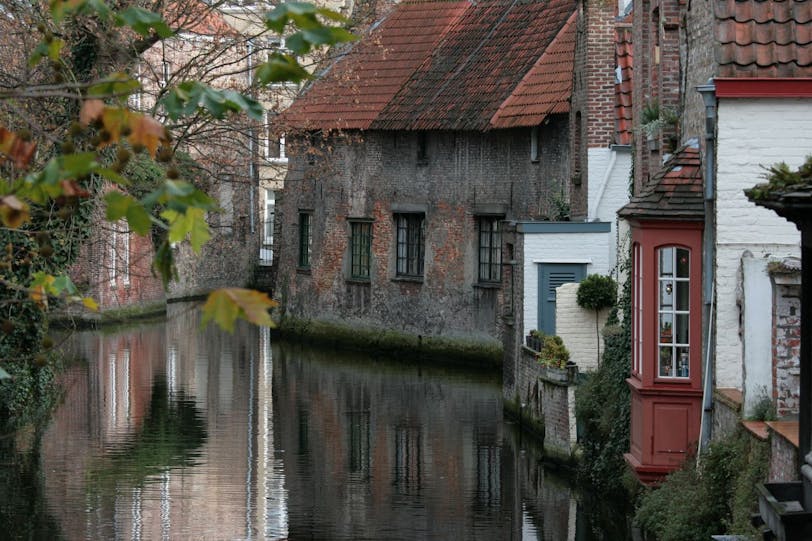
Today was mostly cold and rainy and we were really tired, but we still had a nice time exploring Bruges. The architecture is very Dutch-looking and much of it is made of brick, which makes an interesting change from the stone buildings of southern England. There are little alleyways and many canals running through the city, both of which are lined with chocolate shops and lace shops. And as a bonus, everyone we attempted to speak to replied in fluent English.
Bruges (or Brugge in its Dutch form) is famed for being one of the most perfectly preserved medieval cities in Europe, but some of the buildings actually date from the 18th and 19th centuries and were made to look medieval. Interestingly, most of these buildings were constructed by Victorian British expats, who fell in love with the city's medievalism and set about making it "more perfect."
Given the bad weather we decided to ditch the one-mile walk and drove to a downtown parking lot. This was a somewhat delicate operation involving one-way streets and canal bridges, but not too bad. We spent four to five hours in town, during which we visited three churches and just had a general look around. It was nice to know we can return another day and we could take our time.
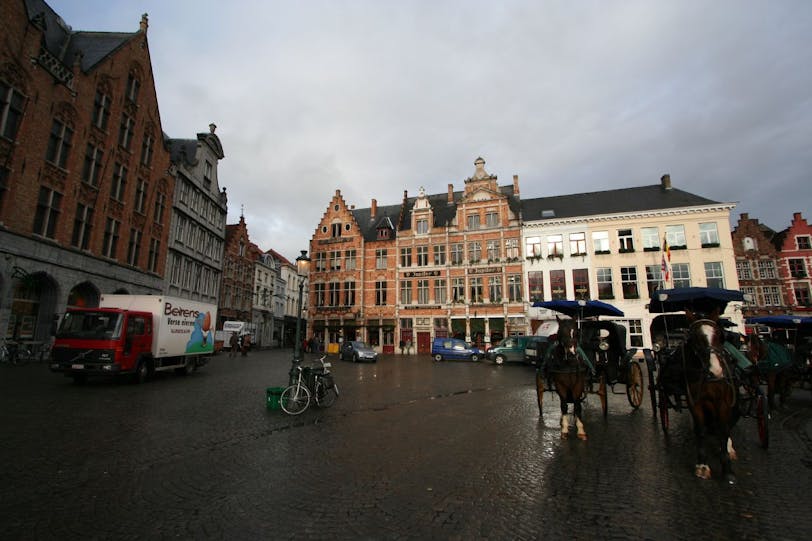
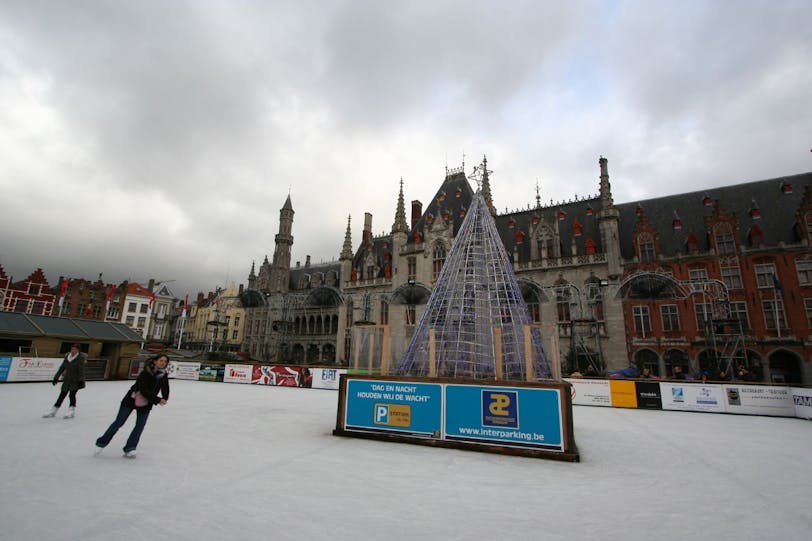
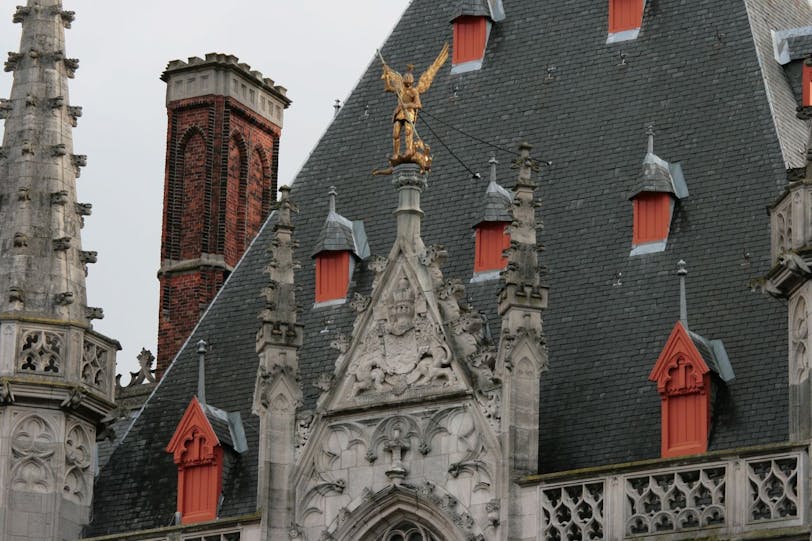

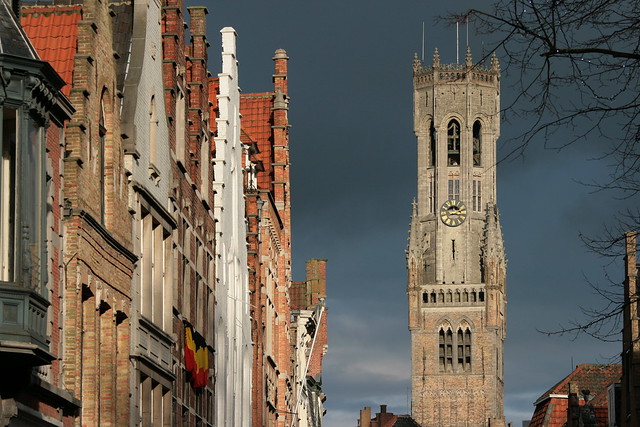 The Belfort a few hours later, in a dramatic moment of sunlight
The Belfort a few hours later, in a dramatic moment of sunlight
Not far from the Markt is the other main square, the Burg. It is also lined with harmonious Gothic or neo-Gothic gabled buildings. My main interest was the grey one in the corner, which is the Basilica of the Holy Blood.
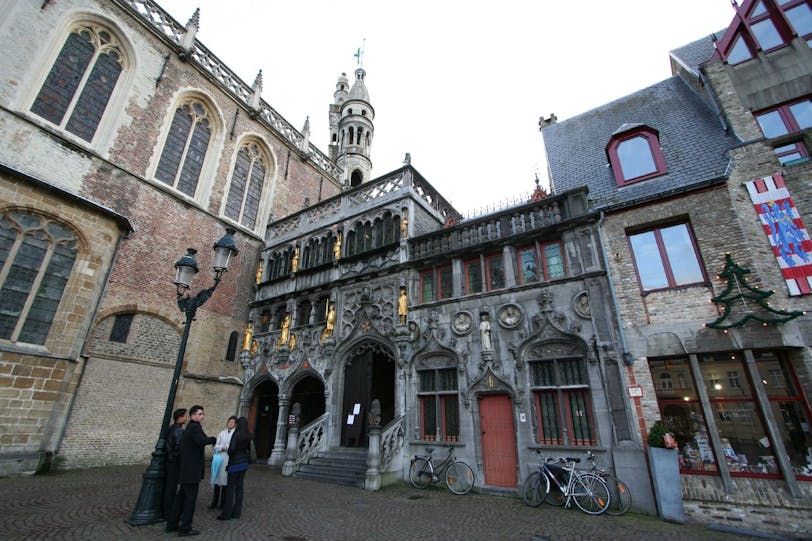
This was built in the 12th century to house an important relic - a vial said to contain the blood of Christ, collected by Joseph of Arimathea at the Crucifixion then obtained by the Count of Flanders in 1204 during the Second Crusade. Very Indiana Jones! The relic is still revered by Catholics today, and is taken out on solemn procession through Brugge every year on Ascension Day (May 25).
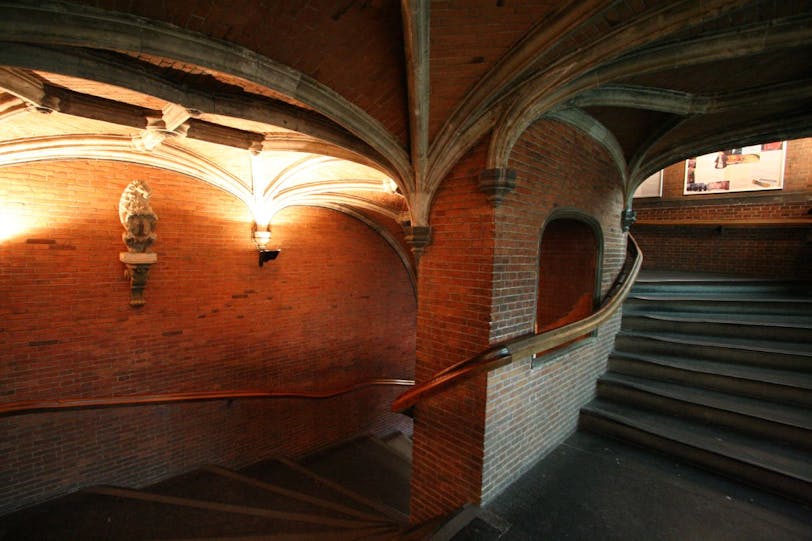
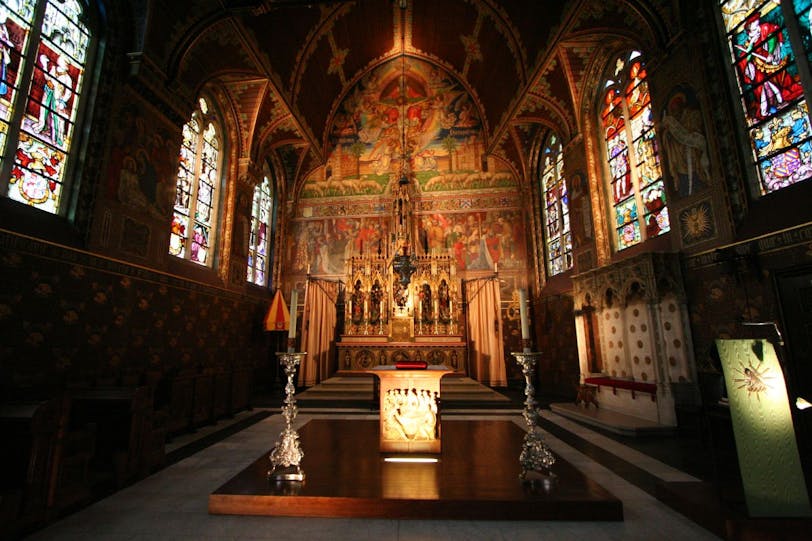
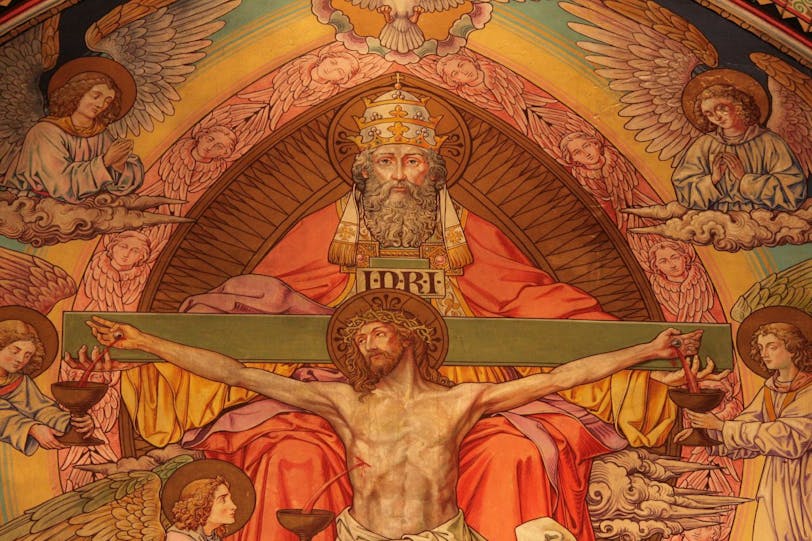


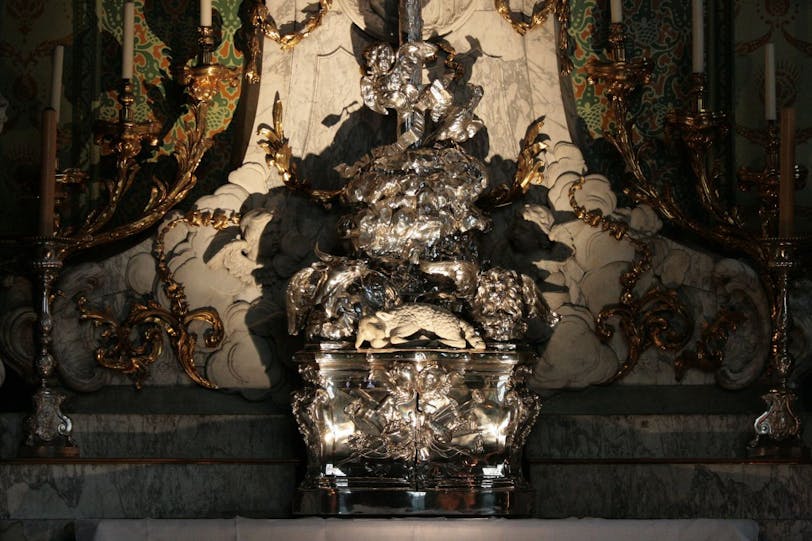
The Lower Basilica is a much more austere Romanesque chapel, which happened to be holding its daily Mass when we were there. We joined the service for a bit, which was of course in Dutch so we didn't understand a word. We will probably return again when there's no service to take pictures.
Next was the Onze Lieve Vrowe Kerk, a mouthful that means "The Church of Our Dear Lady" - it's the Dutch equivalent of "Notre Dame" in French or "St. Mary's" in English. It was built from the 13th to 15th centuries and has a very tall brick spire - almost 400 feet high.
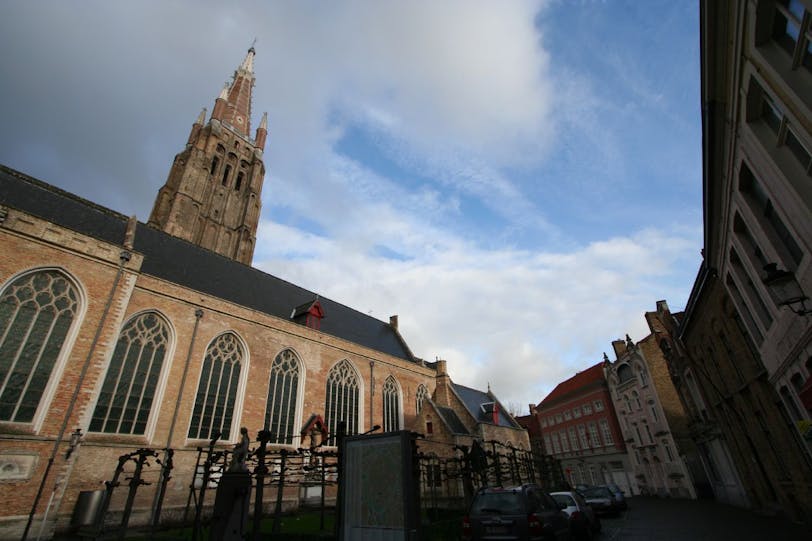
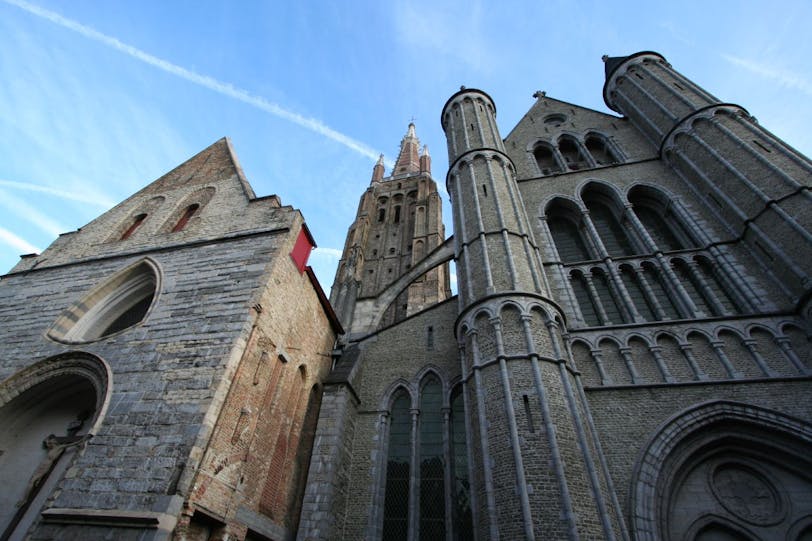
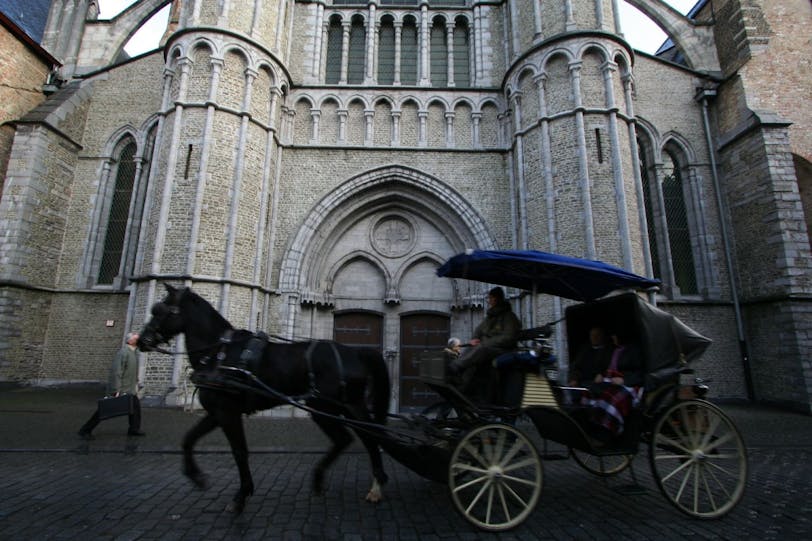
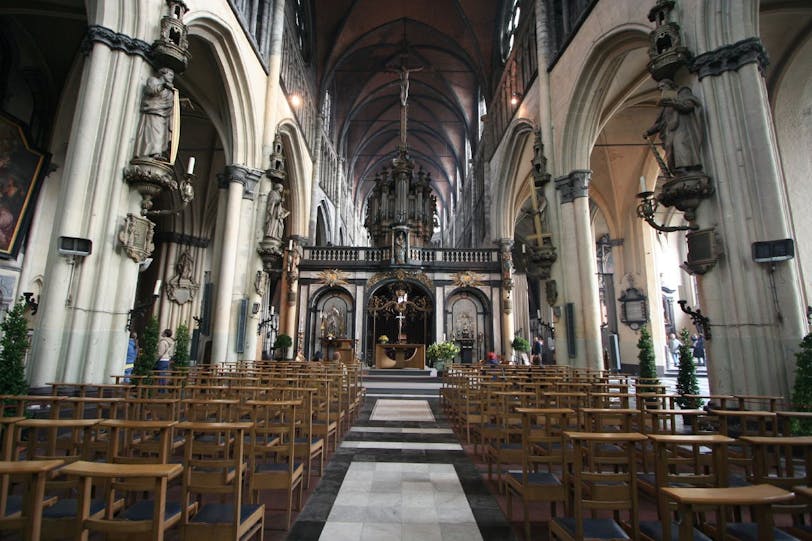

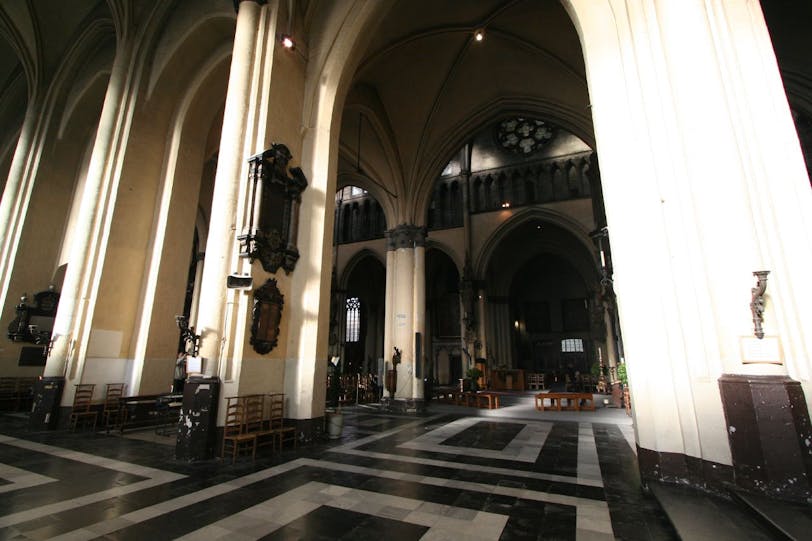

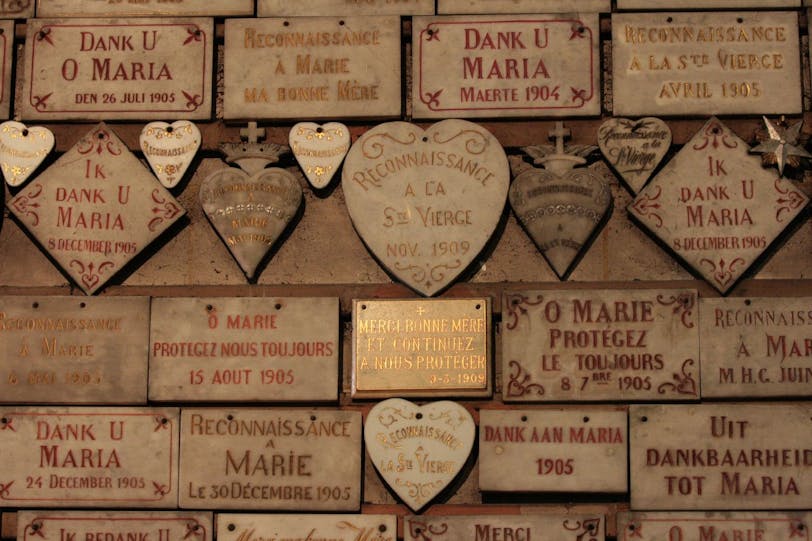
After this we had lunch in a restaurant on the Markt square, which thanks to its tourist-friendly location was overpriced and under tasty. But it filled our tummies at least. We were about ready to head home after that to relax and warm up, but then we noticed that it was nearly 2:00, when the cathedral (Sint-Salvatorskathedraal) opens. So we headed over there for one last photo session.
I'm glad we did, as it was the most interesting sight of the day. I hadn't expected too much, because it was not originally built to be a cathedral and was only raised to cathedral status in the 19th century. But it had a very high ceiling and lots of little details and artworks that we enjoyed exploring.

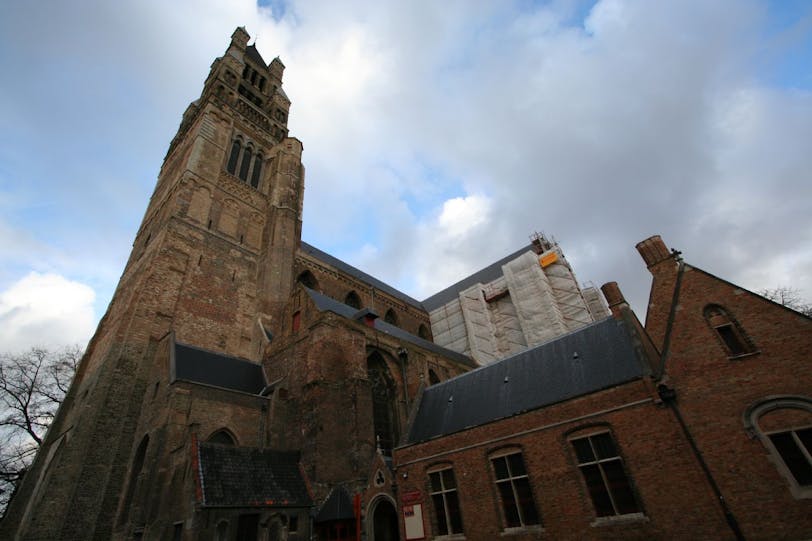
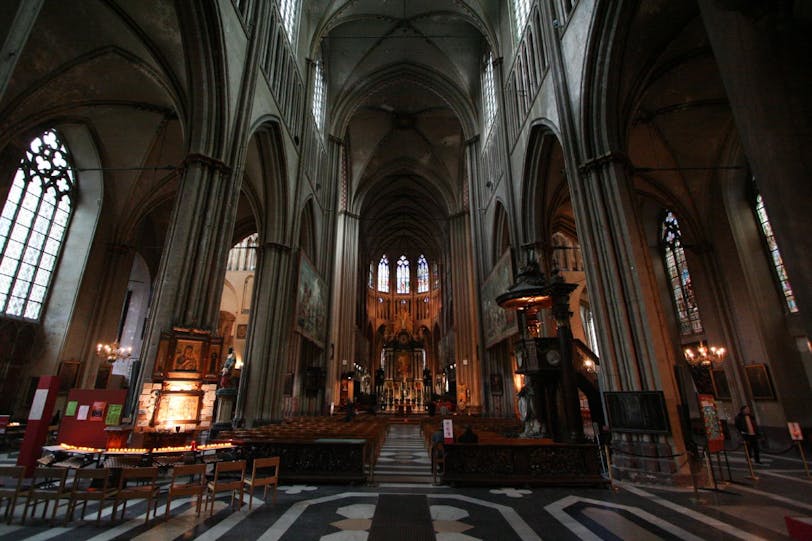
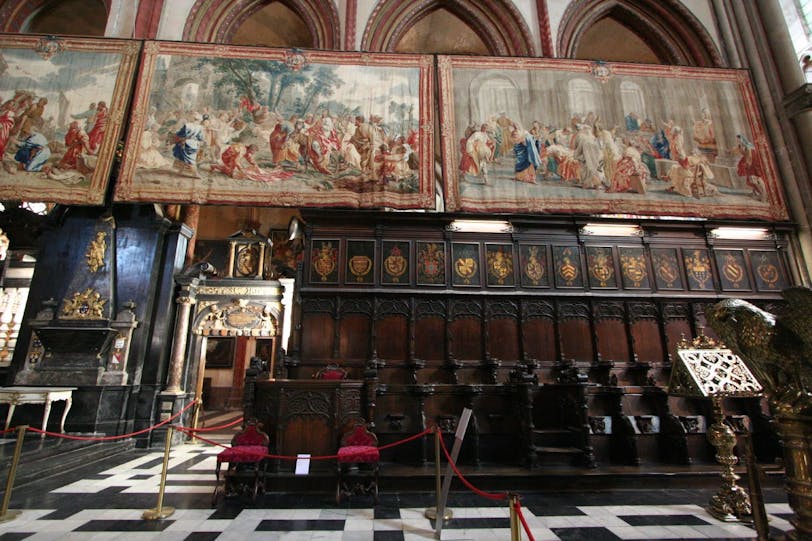
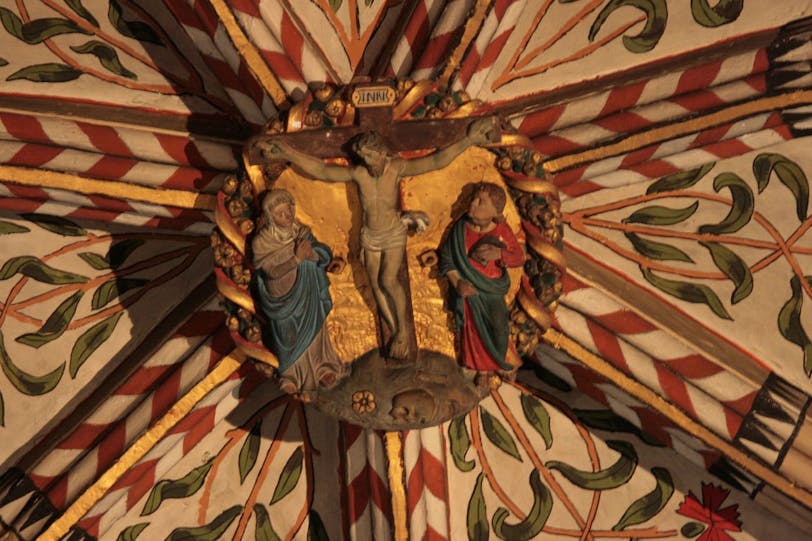
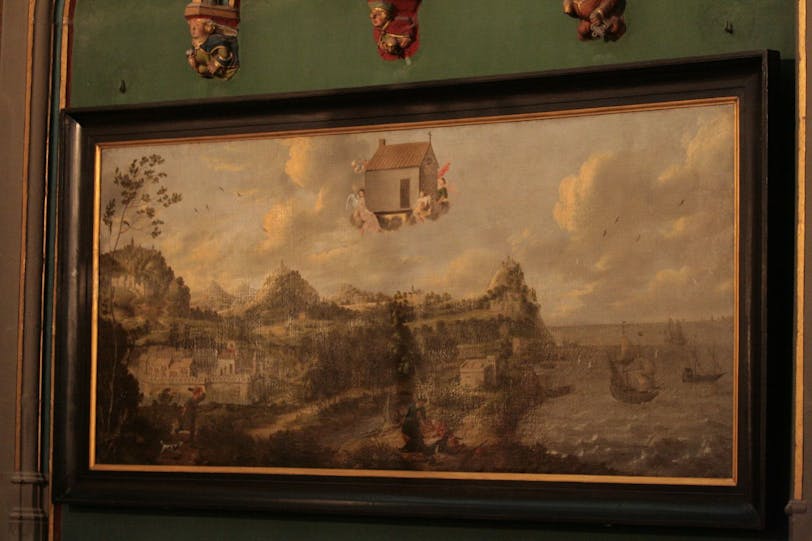
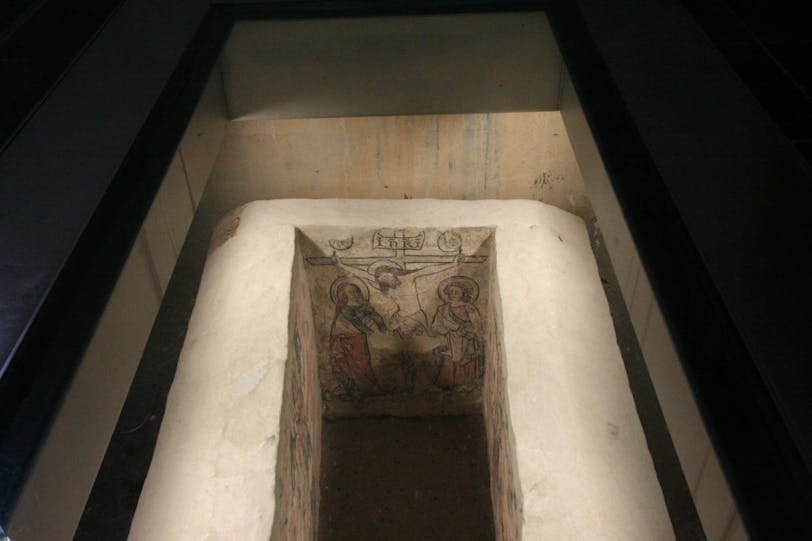
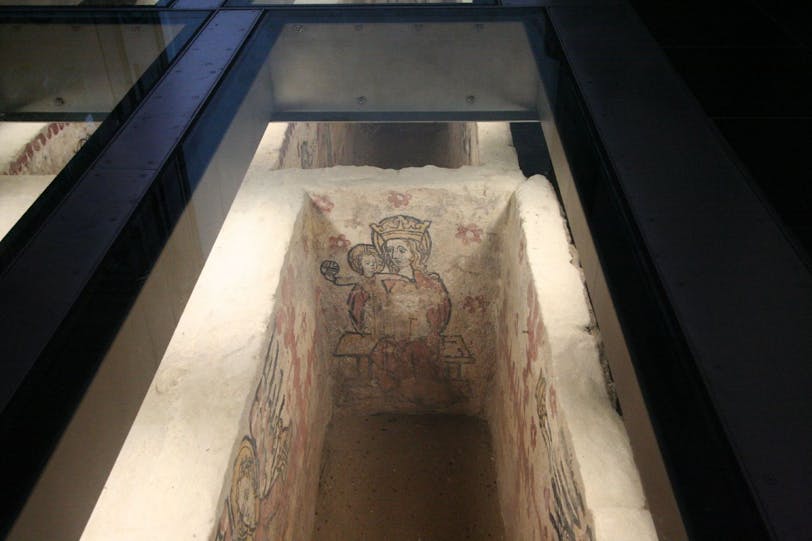
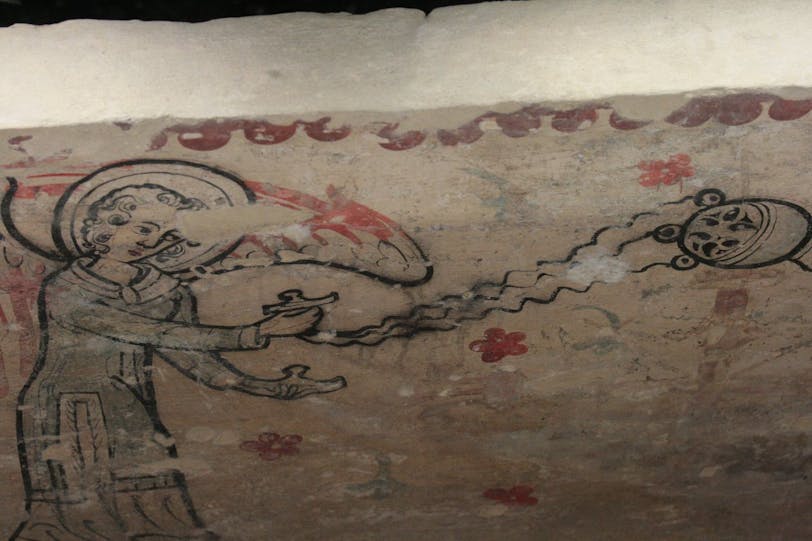
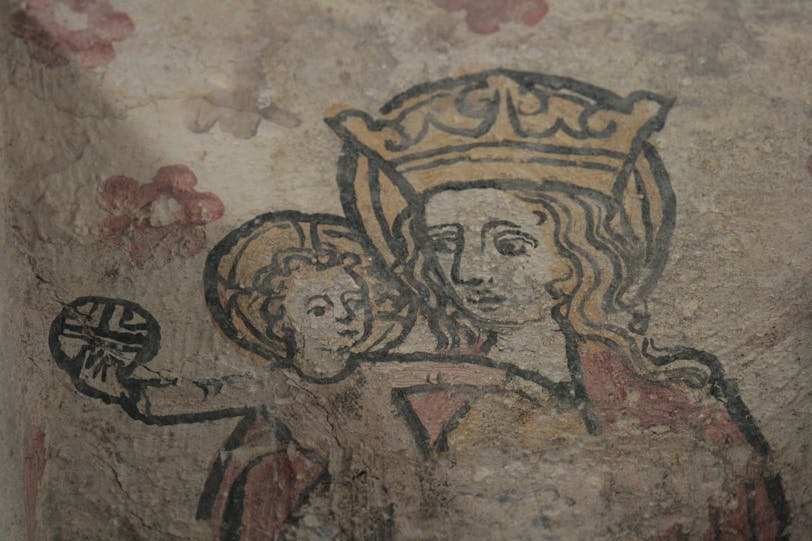

Then we did make it back to our car, just as the sun was setting (not that we could see it behind the clouds) and the temperature dropped even further. We relaxed in the room for awhile and I almost fell asleep, but then David encouraged me to come with him to a local supermarket he had learned about from hotel reception. Mainly we wanted a supply of Pepsi Max for the room (there's even an ice machine down the hall!) and a few snacks for peckish evenings.
It turned out to be a fun cultural experience in itself. The store was a warehouse-like affair, like a small Costco or maybe Winco. We were certainly the only foreigners there so it was fun to have a look at "Belgian daily life" (not that it's much different from anywhere else). And it was especially cool to browse the store shelves and see what's popular.
Perhaps not surprisingly, there were two huge shelves full of nothing but waffles. But unfortunately, true Belgian waffles are not the same as the American food by that name. Waffles from Belgium are not a hot breakfast food you put syrup on, but a sweet dessert, often served with ice cream or coated in hardened chocolate. They are very sugary (to the point of being grainy) and I don't really like them much.
Also notable was the huge refrigerated room that held the cheese and produce. Walking in there was like walking into a cheese. Stinky! The cheeses on offer were quite different from those in Britain. I only saw one cheddar (of which the UK has a few dozen types), and that took a long time to find.
Most prevalent was gouda, in both Belgian and Holland varieties. There was also Swiss cheese and various French spreading cheeses. The Belgian cheeses were unfamiliar and included "Abbey Cheese" and "Old Brugge Cheese." We bought some of the latter, but haven't tried it yet.
Then we had dinner in the hotel restaurant again, this time having what they call a "snack" of spaghetti bolognese. It was quite a bargain as the serving was huge, the spaghetti was delicious, and it came with chewy bread and French butter.
We are playing tomorrow by ear, but we generally plan to stay in Bruges rather than taking a day trip. We might see an art museum, maybe another church, and do more aimless wandering.
The Go Historic Blog documents travels to historic places, along with news and features related to history, architecture, & art.
